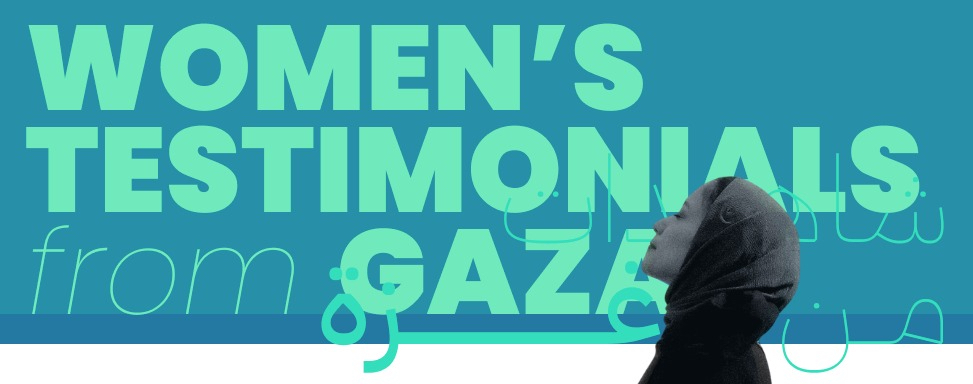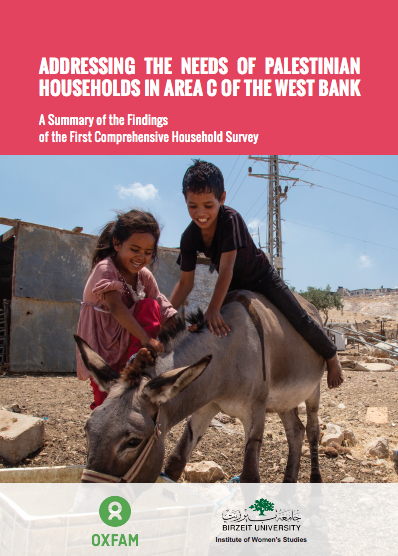Archeology of Arabic Emotions "Foundation": A research in the Mechanisms of Reception and Interpretation of Palestinians Audiences for Noor's Series as a (model) pdf
Year: 2011
Author: Mustafa Bsharat
Supervisor: Wadad Barghouthi
Discussion Committee: Islah Jad & Walid Shurafa
Abstract
This study aims to understand, explore, and know the way the Palestinians viewers perceive the Series of “Noor”; the Turkish series which was not a big success in its mother country (Turkey) achieved great success after being dubbed into Arabic. It was viewed more than any other drama shown on TV screens in the Arab World. The Arab viewers were divided into pros and cons where the objection to the series went beyond the expected where a Fatwa banning watching it issued, considering it as a source of promoting depravity. The study is based on the analytical descriptive approach where the researcher uses the questionnaire, interviews and notes that he would record during the research. It is also based on Stuart Hall’s model “encoding/ decoding” and feminine criticism of the mass media as an analytical theoretical frame. The researcher concentrates on the debate raised over the series especially the claims that disagreement or divorce cases occurred among spouses due to women’s admiration of the series hero (Muhanad). The general premise of the study suggests that this disagreement or argument started when the man –Muhanad - worked to satisfy the woman –Noor in the series - in a way contradicting the norms of the patriarchal culture prevailing in the Palestinian society. The researcher doesn’t discard the power which the audience has during their interaction with the Series and negotiation of its meaning, so this study has two dimensions: Gender and Communicative.
The intervention of the researcher in this study is that the media have become a new institution of socialization besides the classical institutions: family and school. So consideration of how to use this media, especially TV, is necessary for social change and women empowerment. The study includes four parts besides the first one (Study Background). The second part contains the theoretical frame in which the researcher presents Stuart Hall model “encoding/decoding” and the conception juxtaposed by feminist studies focusing on how to deal with mass media. It also contains the literatures and other previous relevant studies. The third part focuses on the methodology whereas the fourth part focuses on the results and their discussion. As the study is academic, unlike applied researches, the researcher would avoid as much as possible giving any recommendations. He would, instead, allocate the last part –fifth part- for a critical review of what he has of facts and data. The last two sections of the study shall contain indexes, references and sources.
Download



